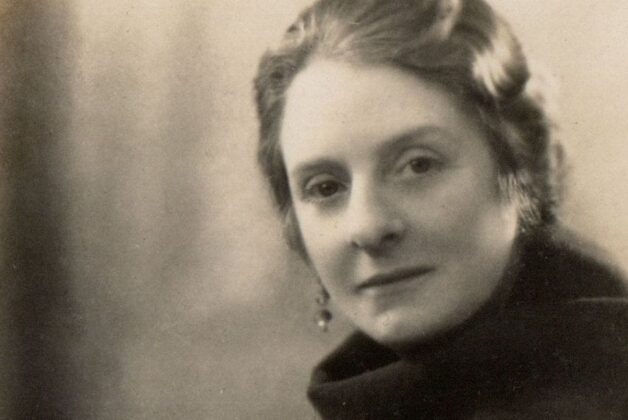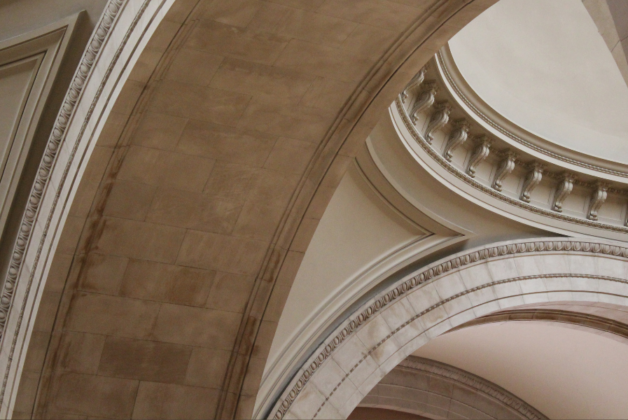Robot ‘Spot’ showcases how new technologies like drones and laser scanning could improve disaster responses at heritage sites
In 1984, York Minster suffered a catastrophic fire in its South Transept that investigators concluded was most likely started by a lightning strike.
Now, more than 40 years later, cutting edge technologies such as a robot dog and drone are demonstrating how disaster response plans have changed.
The North Yorkshire cathedral has partnered with Historic England to showcase the technologies available to heritage sites in the wake of a disaster.
The Minster has welcomed Historic England’s geospatial survey team to show how the response to a similar disaster today would be different.
On display was ‘Spot’ dog-like robot which could be deployed should a disaster occur.
Made by Boston Dynamics, ‘Spot’ can be remotely controlled, entering spaces without putting human lives at risk, and feeding back information on its surroundings.
The Historic England team also used a laser scanner, mounted on the robot’s back, which scans millions of points and could be used to show the state of the building in detail without the need for humans to set foot inside.
Similarly, the use of technology such as a remote camera and similar laser scanning tools on Historic England’s drones are now allowing access to areas which would be difficult or impossible to enter otherwise.
Historic England said the new technologies mean extensive scaffolding might not be needed to evaluate the building’s condition, and assessments of the building could be made in minutes.
Speaking about the ‘Spot’ robot, Jon Bedford, Principal Geospatial Surveyor at Historic England, said: “Having used these tools in many varied high-risk environments, I’ve seen first-hand how they can navigate debris, climb stairs, and reach elevated structures that would normally require expensive and potentially risky methods of access.
“This means we can make faster, better-informed decisions about protecting a heritage site.
“Our drones and mobile robot, Spot, are tools that would have been invaluable during the 1984 fire. They aren’t just clever gadgets – they’re helping us safeguard our heritage and keep people safe.”
Laura Cotter is Research and Innovation Manager for York Minster Fund, the organisation that oversaw the fundraising campaign for the South Transept restoration 40 years ago.
Cotter is now helping to gather this technology together in the Minster’s new Centre of Excellence for Heritage Craft Skills and Estate Management.
The centre houses two CNC stone cutting and milling machines nd 3D imaging and modelling equipment.
“During a visit to Notre Dame in 2019, only nine weeks after the fire, I saw robots being utilised to move debris from beneath the fallen tower,” said Cotter.
“The anniversary of the 1984 York Minster fire highlighted to me the lengths people went to rescue the Minster’s fabric and contents without robotic assistance.
“The 1984 fire caused the rose window to shatter into 40,000 pieces and took four years to access and repair. Without extensive scaffolding we still do not have the ability to access the rose window to monitor how the repairs are performing.
“It is incredibly difficult to reach this area, even with modern drone technology, without putting the Minster’s precious medieval glass at risk of collision.”





